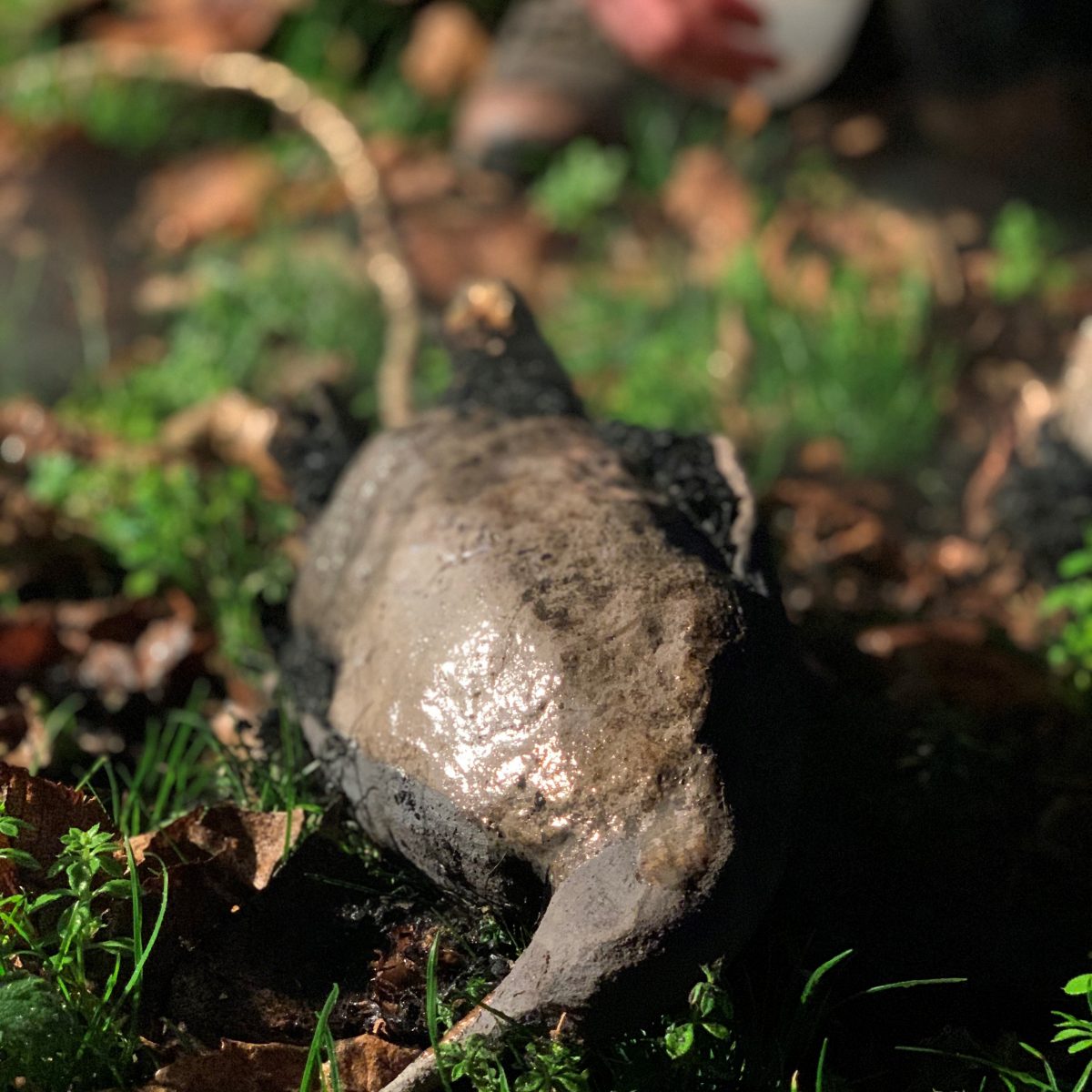About

Hello!
I would describe myself as an interpretive sculptor. As ideas are given creative freedom, they flow through my hands changing organically and intuitively as each item develops.
Although the clay is fashioned keeping the rawness of the clay, elements of me and my personality are there, a fingerprint here, direction of pushed clay there, sometimes enhanced with simple and ancient firing processes.
My designs are raw, elemental, and at times confrontational on the one hand and purely playful on the other but always made from the heart with deeper meanings behind each piece.
The pieces represent my thoughts and feelings a true expression of my inner voice and represent those things I cannot adequately voice.
Inspiration
I grew up in Oxfordshire and now live in Norfolk, but one of my favourite places in the world is the west coast of Scotland. Wild spaces and wildlife inspires much of my work but increasingly I am interested in the human condition, when I find inspiration I run with it.
The ceramics I make are my interpretation of the world I see around me, and particular themes (such as hares) have been a passion all my life.
Raku - The cycle of earth, fire, air and water
Western raku is derived from the ancient Japanese art developed in the early 1500's. The raku firing process is a natural technique using all of nature's elements, but because it involves rapid firing its beautiful results are porous and fragile. Raku is therefore purely decorative, but I love the connection to the origin of the art form as ceremonial tea ware for the Zen Buddhist Masters.
After the clay has been shaped, dried and had an initial bisque firing the piece is ready for its journey in this unique and daring firing process. Trying to avoid cracking or explosion from shock, the pieces are placed in a raku bin and swiftly heated to 1,000 degrees and this is when the clay piece begins its metamorphosis.
Once the piece is glowing like red-hot coals and the glaze has melted to a shiny sheet of liquid glass the fun really starts. Each piece is removed from the inferno to the cool air outside, the severe temperature change causes the glaze to crack, which you can hear in the form of a high pitched 'tinging' sound. These highly prized cracks are characteristics of the raku firing process and proof they have survived!
Next the piece is then subjected to the brutal and dramatic trial by fire by being placed in a container filled with sawdust. Once your pieces are consumed by fire you place the lid on the container thus creating a "reduction chamber". As the carbon is sucked into the bare clay and in between the cracks the characteristic cracks appear.
As if this is not enough the piece is then plunged into cold water to halt the process. As the piece is cleaned the effects begin to appear, such as the smoky soft black unglazed clay, the crackled glaze and sometimes beautiful metallic effects. This vigorous process produces elusive, subtle and vigorously beautiful effects, something which cannot be controlled or repeated so every piece is unique.
The word 'raku' translates to "happiness in the accident".






